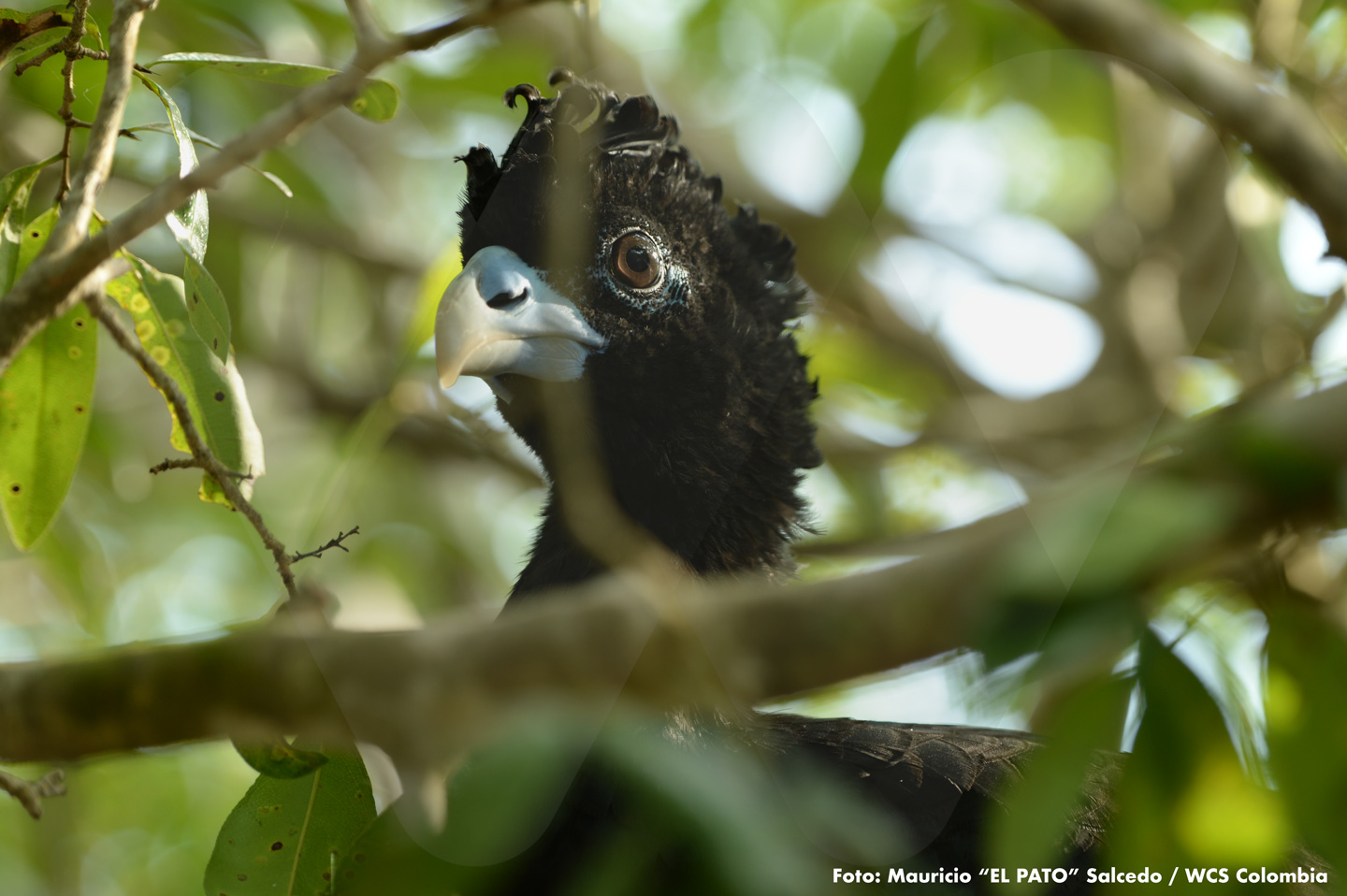 Who It Is
Who It Is
Also known as the blue-billed pavón, this bird belongs to the Cracidae family, which includes other species such as chachalacas and guans. Mainly frugivorous, the blue-billed currassow forages directly on the forest floor, where its diet consists of invertebrates and around 15 different types of plants, including shoots and fruits.
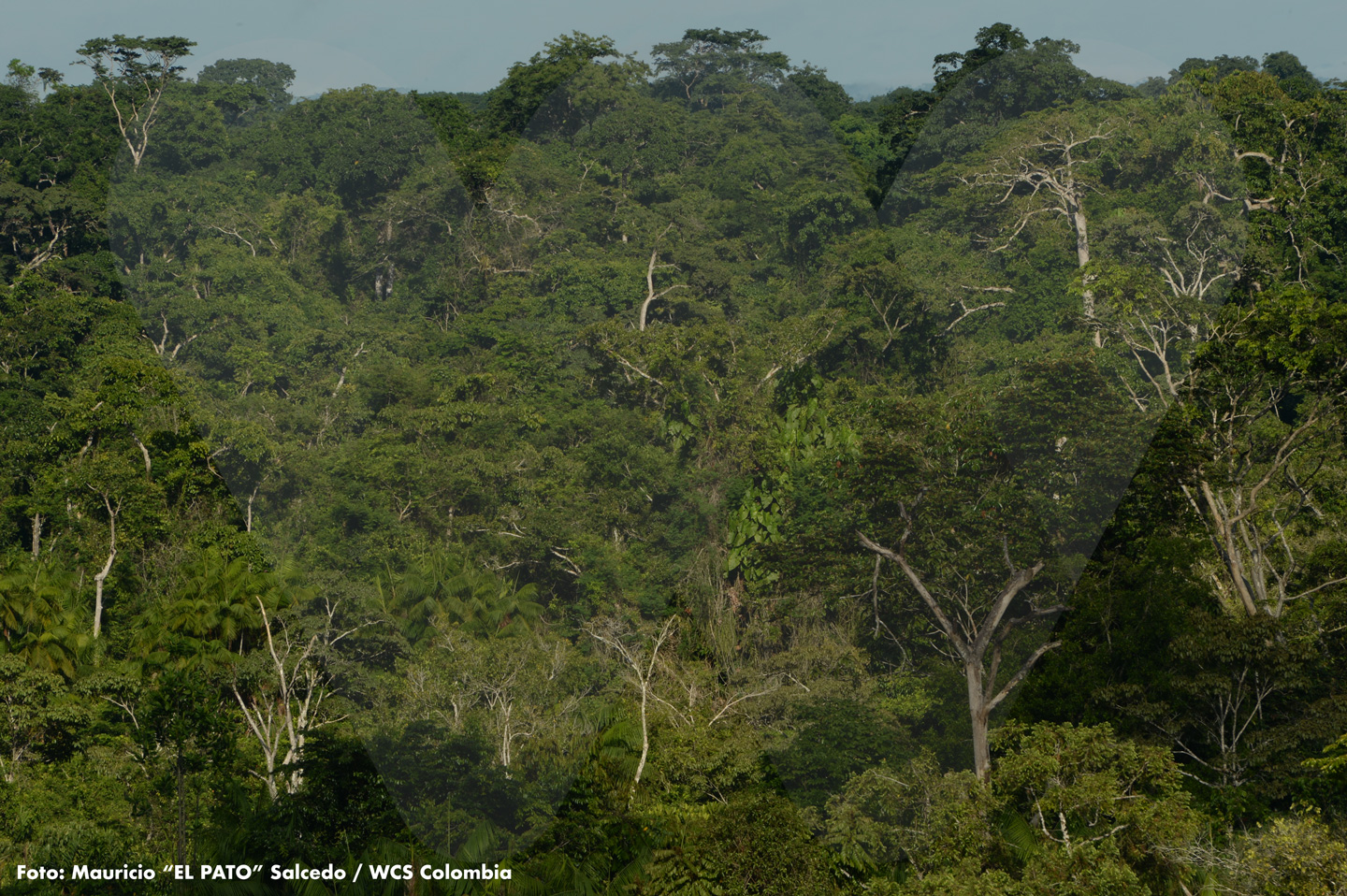 Its Home
Its Home
This species is endemic to northern Colombia, meaning it is found only in our country—more specifically, in the northern region. Its range covers lowland areas (up to 1,200 meters above sea level), from the middle Magdalena Valley and the lower Cauca River to the Sierra Nevada de Santa Marta. Its sensitivity to changes in habitat conditions reveals that it requires large tracts of tropical forest to survive. For this reason, its presence—or absence—makes it an indicator species of the conservation status of the ecosystems it inhabits.
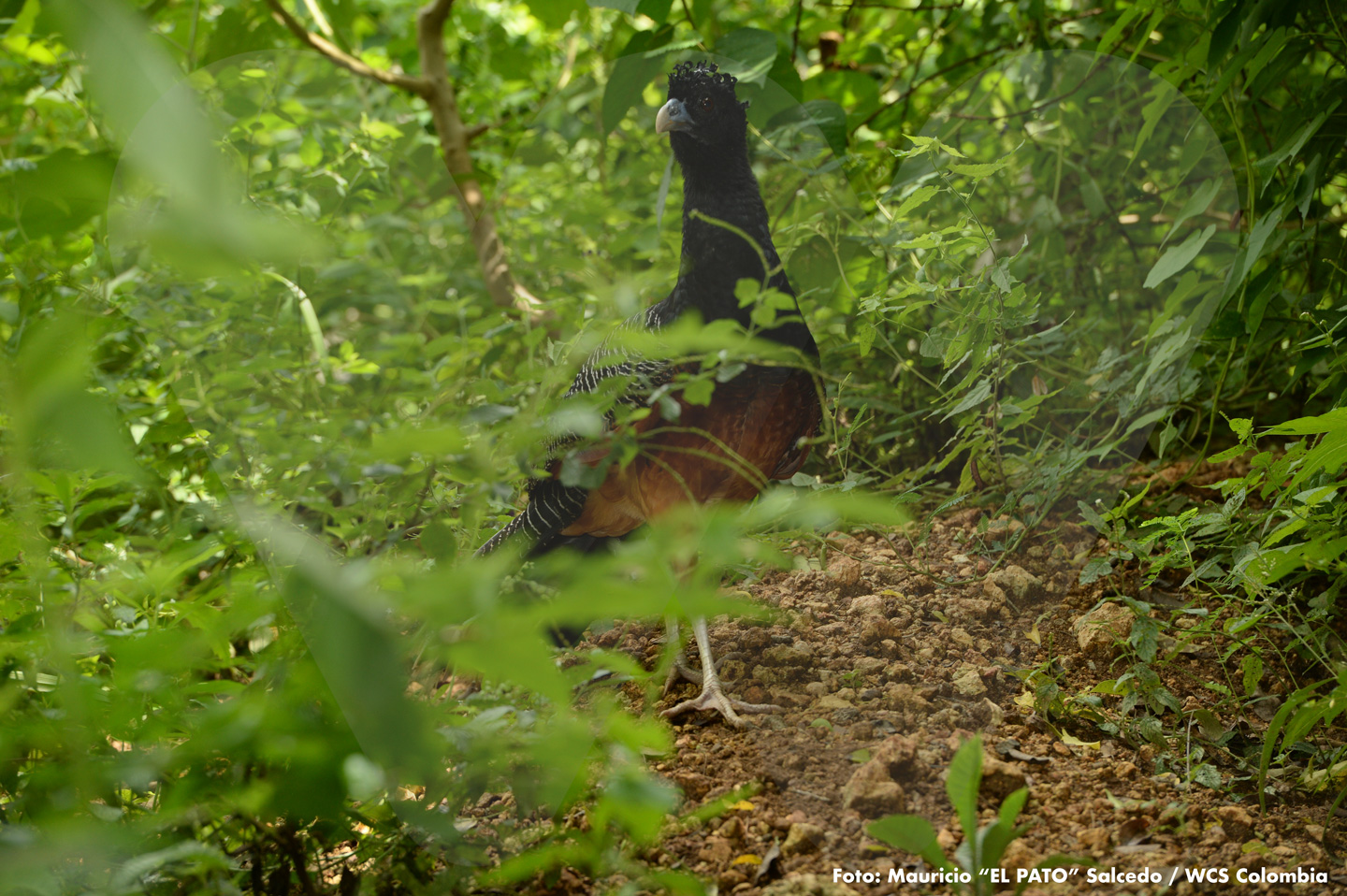 A Bird at Risk
A Bird at Risk
Agricultural expansion, road construction, hunting, and the collection of its eggs for consumption are among the reasons why the blue-billed currassow is now at risk of extinction. It is currently classified as Critically Endangered (CR) by the International Union for Conservation of Nature (IUCN). The image shown here features a female of the species.
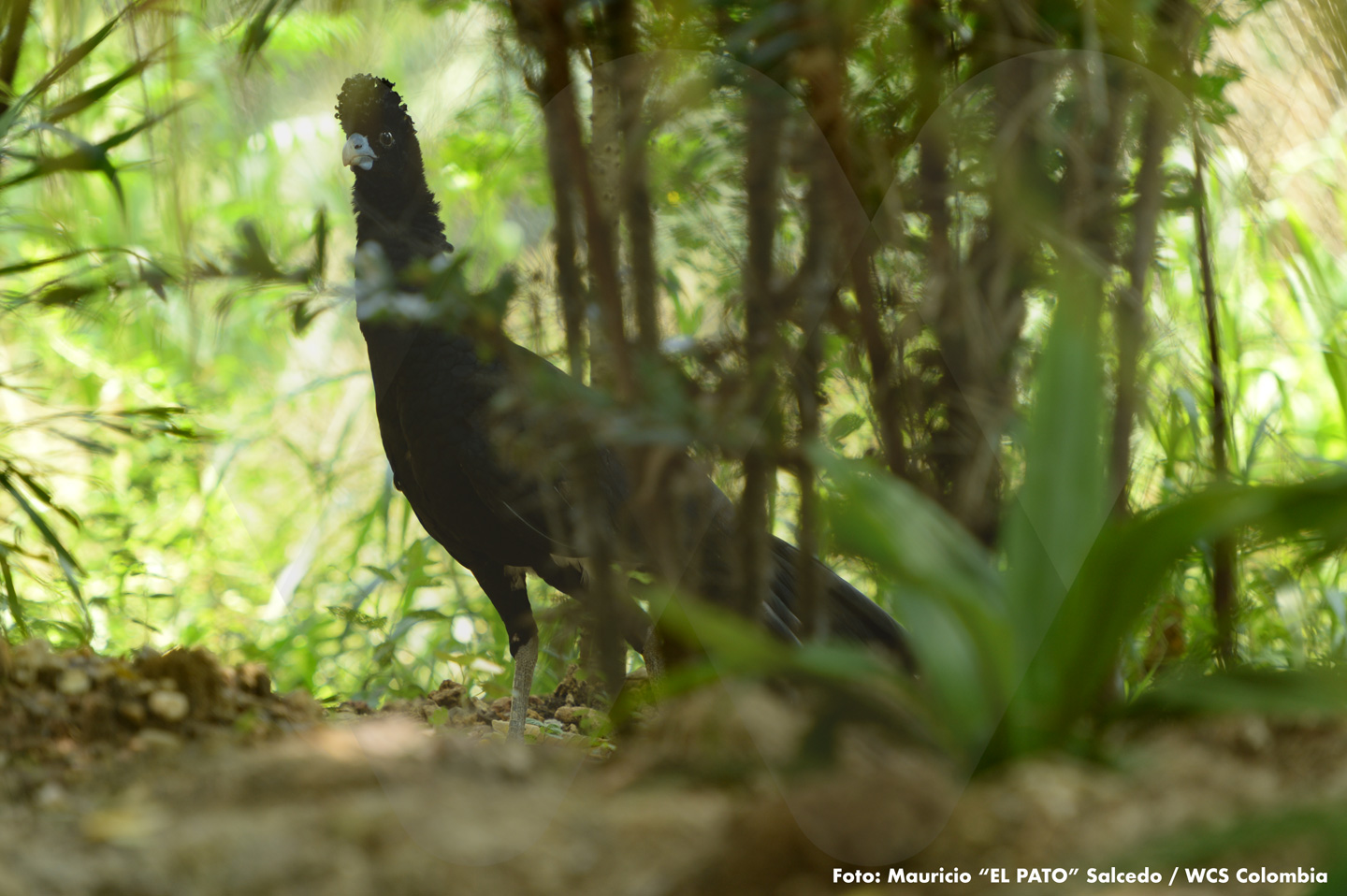 Our Conservation Work
Our Conservation Work
To improve the living conditions of the blue-billed currassow, the Wildlife Conservation Program (PVS) and the Fundación Biodiversa Colombia have committed to two key actions: first, enhancing habitat connectivity by maintaining the biological corridors established in the Magdalena Medio region between 2014 and 2017; and second, supporting the implementation of management plans for Civil Society Nature Reserves and conservation agreements, which were also established during that same period and in the same region.
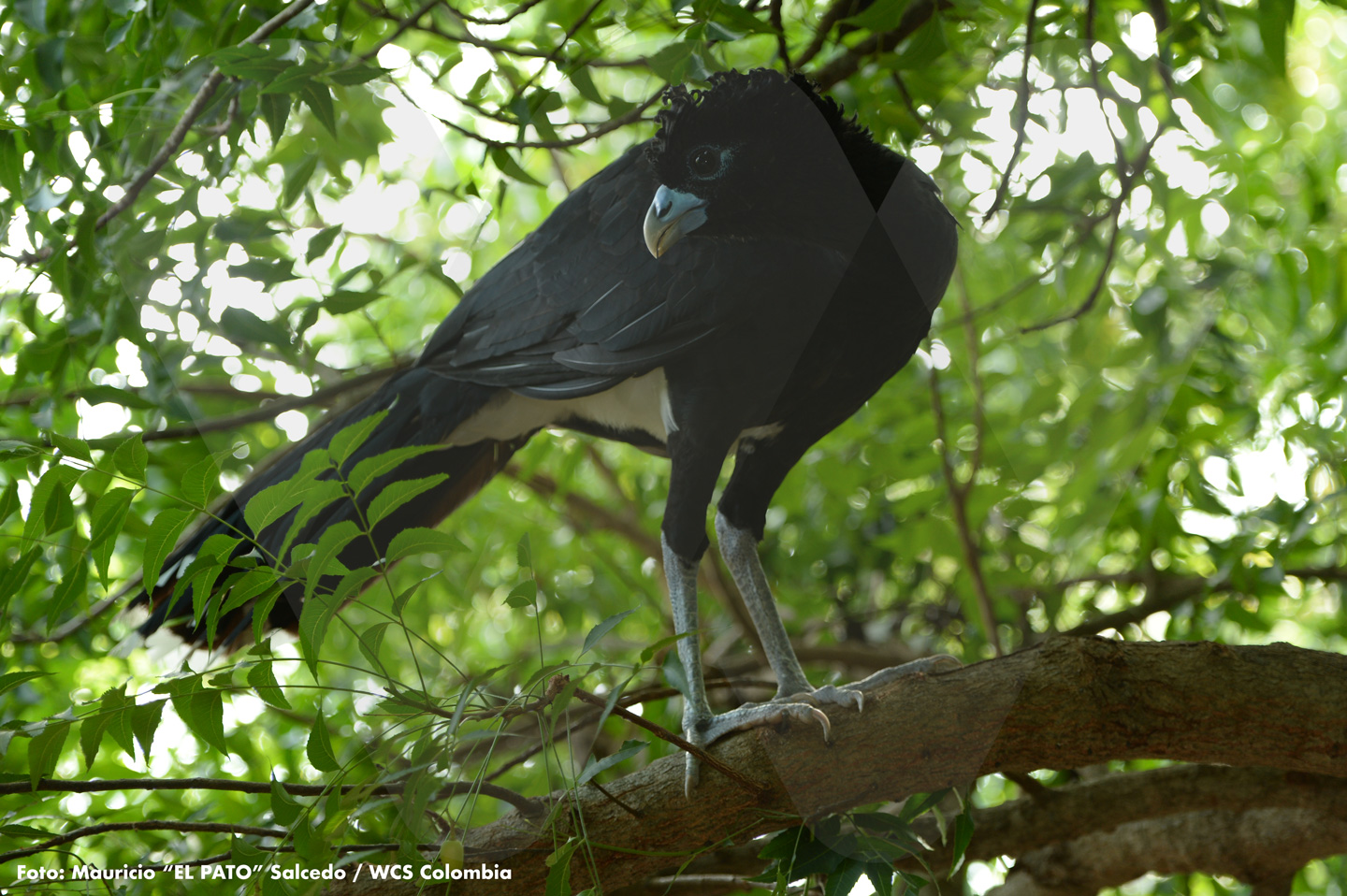 Key Achievements of the Wildlife Conservation Program for the Blue-billed Currassow
Key Achievements of the Wildlife Conservation Program for the Blue-billed Currassow
• Over 5,000 seedlings planted for restoration, including native species such as oak, ceiba bonga, iguá, and polvillo.
• 122 recorded sightings of the species through camera traps.
• 4 conservation agreements signed with landowners.
• 2 Civil Society Nature Reserves established and 2 more in the process of registration.
Traslated with AI support